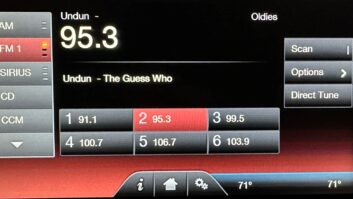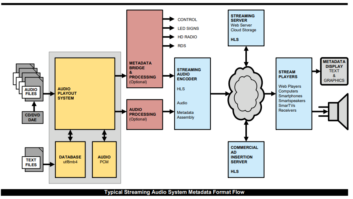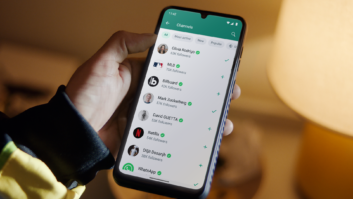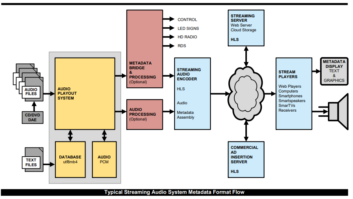There is much talk among broadcasters about metadata right now. But many people still don’t know what metadata is. Or they may feel that displaying song title and artist is all they need to worry about. Very few understand that metadata can be a very powerful tool, one that can be monetized.
Metadata is a data stream delivered alongside your content. Most people think of it as “Now Playing” information, but it has much more capability. Metadata can be the payload for commands. Television uses metadata to control loudness settings. Yes, this can deliver listeners your “Now Playing” information. But it goes beyond that.
It can deliver graphics — album art, station logos, advertiser ads. If a provider wants to add a ticker (e.g., stocks, news, sports, etc.) it can be done with metadata. Metadata can also be used for playback reporting so organizations can report to royalty collecting agencies.
Some broadcasters are monetizing this by using text and graphics to advertise. Some feel it is a duty to deliver the album art to give listeners the best possible experience.
Radio and audio streaming are becoming viewable media. Yes, there is a constant paradox. We don’t want drivers distracted by the visuals added to their audio content, but it seems the automobile manufacturers want more information to display.
Meanwhile audio media including radio are crying out for more attention. Metadata is one way to attract it.
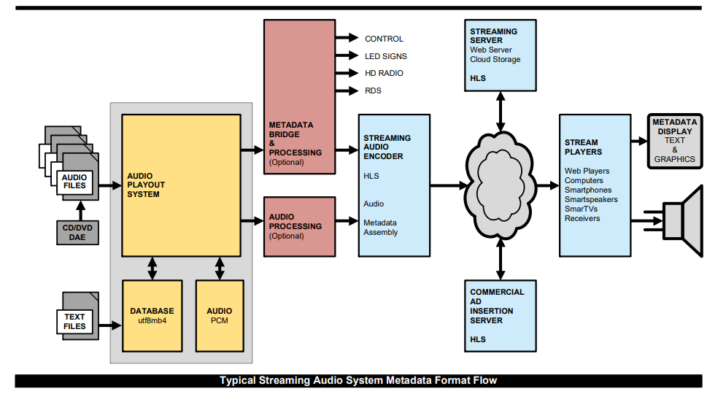
Most radio and audio streams generate metadata from their playback automation system. This usually provides the title and artist information. Sometimes a middleware product is needed to get the data in the correct format for the broadcast or streaming player.
Metadata is usually delivered in an ID3 metadata container. This is the de facto standard, but there is nothing standard about it. ID3 is fully extensible, which means you can create as many fields as you want to provide. But to take advantage, you need your player to recognize and “know” what to do with the information.
Many generic players will only look at the few common fields. This is why you will hear of differing implementations from various automobile manufacturers.
Metadata has other uses besides display. Television is using metadata to control loudness settings. This can be done for radio or audio streaming if this capability is implemented. Metadata can also deliver hyperlinks to provide more interactive advertising.
Metadata provides a limitless ability to add content and abilities to your content presentation. It is more than sending your logo to a screen. It is powerful. And it is only limited by the capability granted by the implementation. Some implementations will only do “title and artist” while others will include album information or other playback functionality.
I recommend that all radio and audio streamers read the newly released document from the National Radio Systems Committee G304, Metadata for Streaming Handbook, a free downloadable document. I chaired the committee that authored this document. Also check out the North American Broadcasters Association recommendations on this topic.





